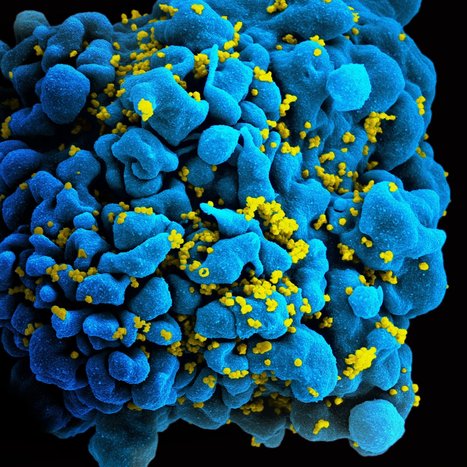A new protein called KHNYN has been identified as a missing piece in a natural antiviral system that kills viruses by targeting a specific pattern in viral genomes, according to new findings published today in eLife. Studying the body's natural defenses to viruses and how viruses evolve to evade them is crucial to developing new vaccines, drugs and anticancer treatments.
The genetic information that makes up the genomes for many viruses is comprised of building blocks called RNA nucleotides. Recently, it was discovered that a protein called ZAP binds to a specific sequence of RNA nucleotides: a cytosine followed by a guanosine, or CpG for short. The human immunodeficiency virus (HIV) normally escapes being inhibited by ZAP because it has evolved to have few CpGs in its genome. However, when CpGs are added back to the virus, ZAP promotes its destruction. This helps us understand why HIV with more CpGs multiplies less successfully, and likely explains why many strains of HIV have evolved to have few CpGs.
But a mystery remained because ZAP is unable to break down the viral RNA by itself. "As ZAP can't degrade RNA on its own, we believed that it must recruit other proteins to the viral RNA to destroy it," says lead author Mattia Ficarelli, a Ph.D. student in Chad Swanson's Lab, Department of Infectious Diseases, King's College London. "So, in the current study, we set out to identify new human proteins that are essential for ZAP to target viral RNAs for destruction."
After discovering that KHNYN interacts with ZAP, the team tested what happens when they increased the amount of KHNYN produced in cells infected with a typical HIV that has few CpGs, or an HIV genetically engineered to have many CpGs. Increasing KHNYN production in the cells reduced the typical HIV's ability to multiply about five-fold and decreased the ability of the CpG-enriched HIV to multiply by about 400-fold.
The findings were published today in the journal eLife:



 Your new post is loading...
Your new post is loading...







